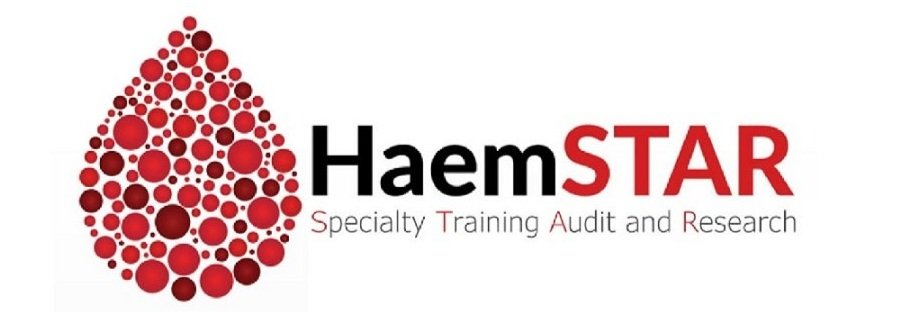Reflections from the Main Stage - ASH 2023
The ISTH Legacy fund gave me the opportunity to attend the 65th ASH symposium in San Diego. On Friday the 8th of December, around the time I was getting over jetlag at the ASH-a-palooza trainee event, the first ever commercial CRISPR Cas 9 genetic therapies were given approval by the FDA for use in Sickle cell disease. CRISPR has revolutionised basic science research over the last decade and this approval may well represent a watershed moment that accelerates genetic therapy into mainstream practice. There are two important points about the approval. Firstly, the FDA approved two therapies using the same technology for the same patient group simultaneously. Second, these therapies cost $2.2 and $3 million dollars, respectively.
Fast-forward to Monday afternoon at ASH and these two therapies are being presented in a single oral abstract session. Given the excitement around the approval, this session commanded much fanfare. There are around 25000 attendees at ASH and, to quote one of the presenters at another session, a popular abstract might make you feel a bit like Taylor Swift.
The data presented was remarkable with resolution of VOC for the vast majority of patients undergoing therapy, an absence of insertional mutagenesis, and overall very good tolerance of the conditioning. Seeing these results for a disease that really has seen very little progress is amazing, even in its infancy with small numbers of patients. As the floor was opened to questions, one of the moderators pointed out the elephant in the room, cost.
This was addressed head on by the presenter, “these patients are worth a whole lot more than 3 million dollars”. In a slightly heated back and forth, there was a discussion of the potential for cure, the inevitable competition between these two newly approved therapies and comparison other options such as haploidentical transplant. Classical haematology is now facing the similar questions to those posed in the high-cost world of oncology for several years - What is a therapy worth and what can we afford?
By comparison to our constant wrangling with NICE, in the US, decisions to pay are made by individual insurers. There is, however, a key difference in sickle cell patients, this patient population is largely not commercially insured, relying upon state based healthcare instead. Medicaid accounts for only 20% of all US healthcare spending and with 100000 patients living with sickle disease in the US, the bill could quickly run into tens of billions. Clearly the pharmaco-economics have been done by those far cleverer than me, it is estimated that the lifetime healthcare costs of sickle cell disease in the US are $5million, not taking into account several million of lost economic costs. So the argument goes, we spend less money on this than we would over a patient’s life. This disease, however, sits at the junction of social deprivation, race and disease. There is a litany of things that investment would improve for these patients and their communities. Is $3million for gene therapy that is not definitively curative, with the risks of myeloablation, the best way to improve the lives of these patients?
Since returning from ASH I have been asked by patients and their relatives about when these therapies will be available here. Seeing the desperation in the patients and parents faces during another admission interrupting yet another university term or workday, I do not want to be the one to put a price on hope. Behind the scenes negotiations may lead to NICE approval with the UK paying a substantially reduced cost. The questions of value and alternatives, that I heard in the hall at ASH, however, will still be ringing in my ears.
It really is the biggest stage in haematology and I want to thank the ISTH and HaemSTAR once again for the opportunity.

